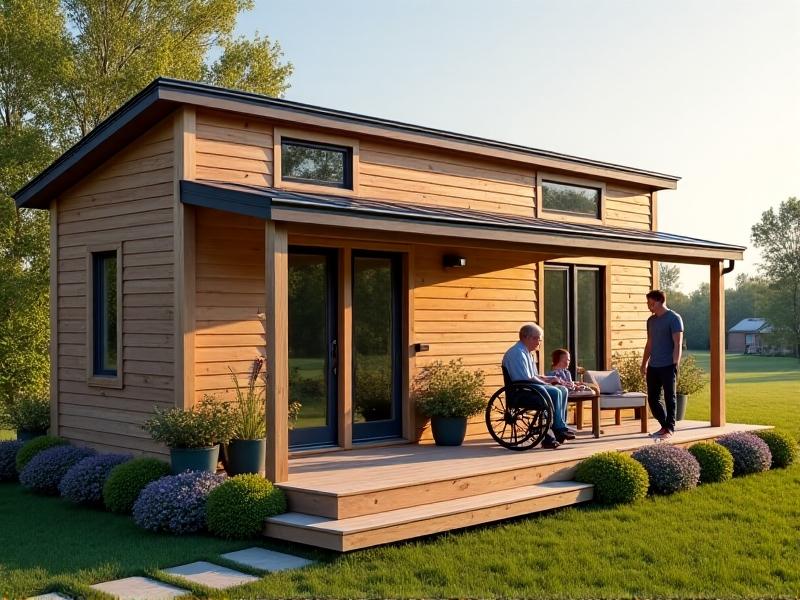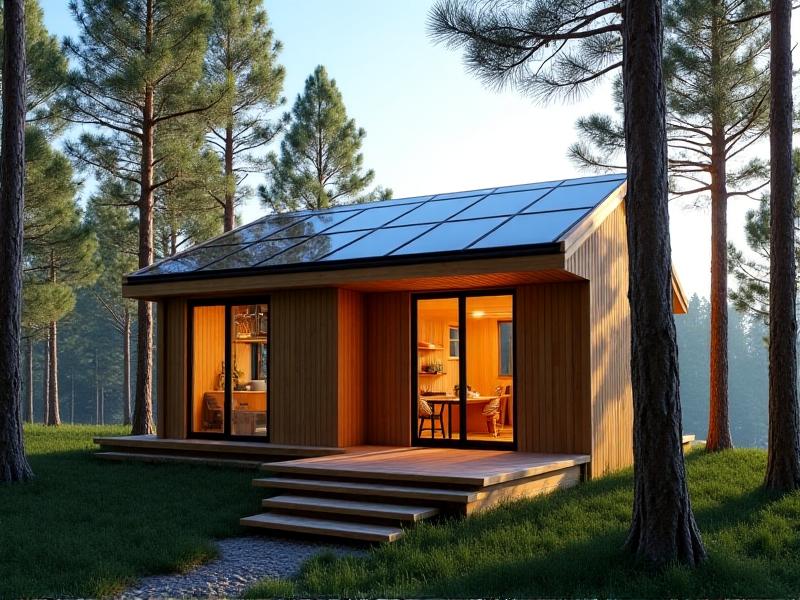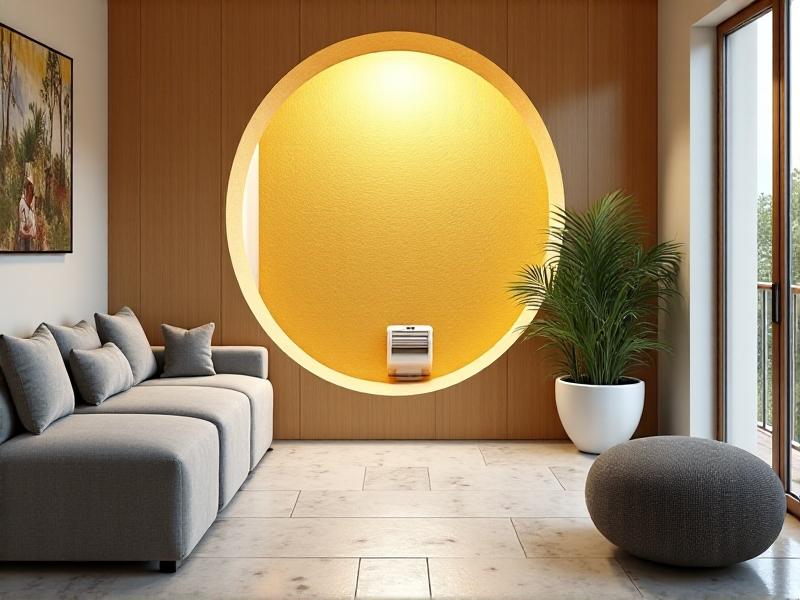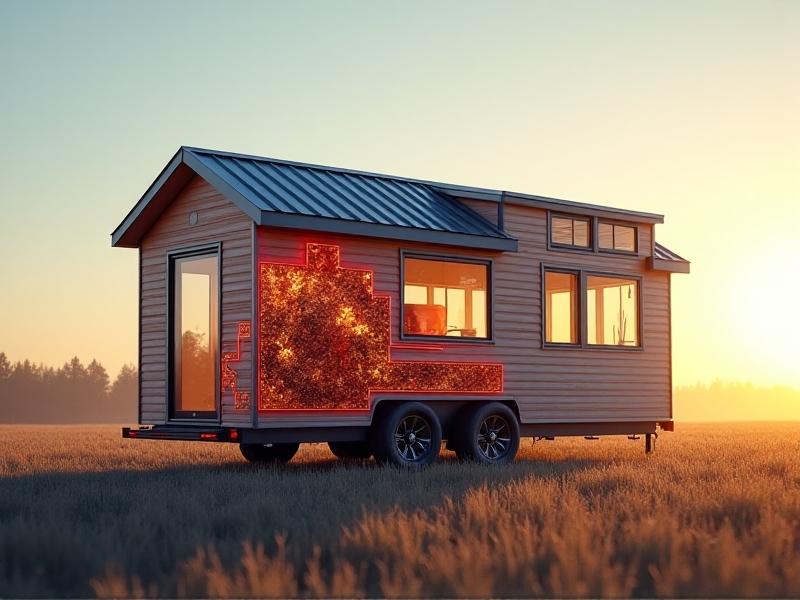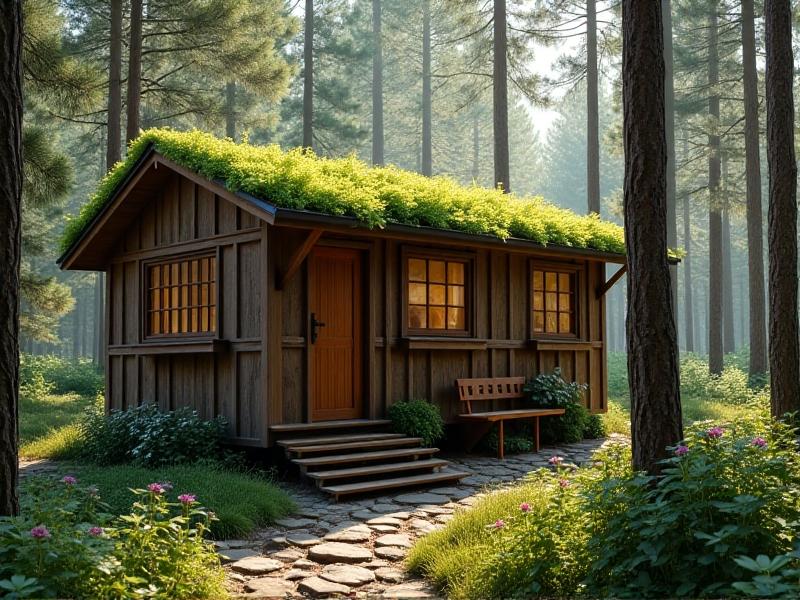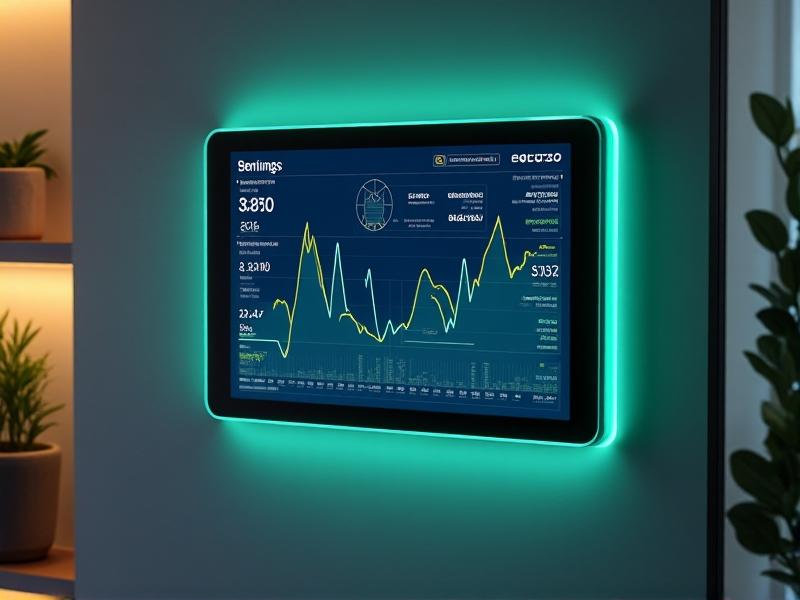Modular Interior Partition Ideas
1. Introduction to Modular Interior Partitions
Modular interior partitions are revolutionizing the way we design and interact with spaces. Unlike traditional walls, these versatile systems allow users to reconfigure layouts quickly, adapt to changing needs, and maximize functionality without permanent structural changes. From open-plan offices to compact apartments, modular partitions offer a blend of aesthetic appeal and practicality. This section explores the core concept of modularity in interior design, highlighting its role in modern architecture and the growing demand for flexible, sustainable solutions.
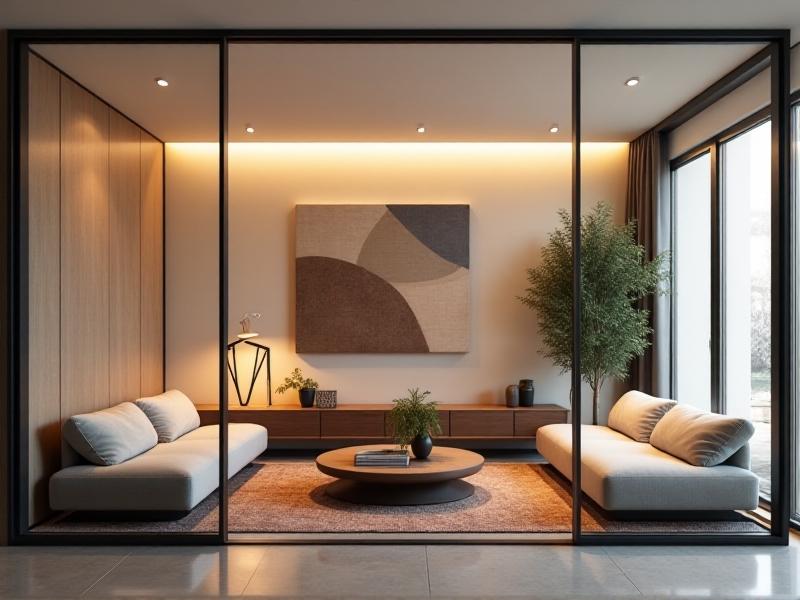
2. Benefits of Modular Partition Systems
Why choose modular partitions over fixed walls? First, they empower users to personalize spaces dynamically. Imagine transforming a home office into a guest room by rearranging acoustic panels or using a retractable screen to divide a studio apartment. Second, modular systems often cost less than traditional renovations, as they require no demolition or construction. Third, they enhance natural light flow—a critical factor in small spaces—by using materials like tempered glass or perforated metal. Finally, these partitions can improve sound control and privacy while maintaining visual connectivity, striking a balance between openness and seclusion.
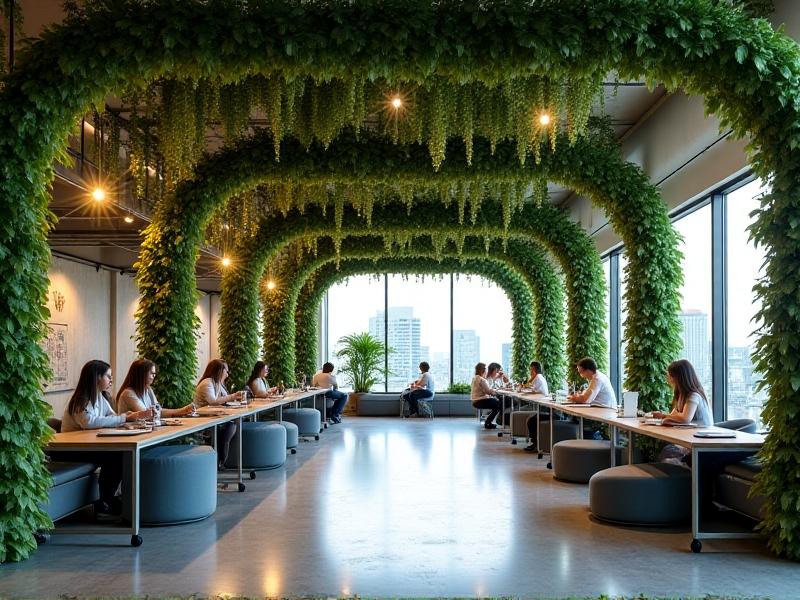
3. Materials and Aesthetic Options
Modular partitions come in an array of materials to suit diverse design preferences. Lightweight options like acrylic or polycarbonate panels work well for temporary setups, while wood-and-metal hybrids add warmth and texture to residential spaces. For a luxe feel, consider partitions with integrated marble accents or backlit onyx. Sustainable choices, such as reclaimed wood or recycled PET felt, align with eco-conscious trends. Textiles like linen or velvet can soften acoustics in creative studios, while bold geometric patterns or etched glass designs serve as statement pieces. This section dives into material pros, cons, and ideal use cases to help readers make informed design decisions.
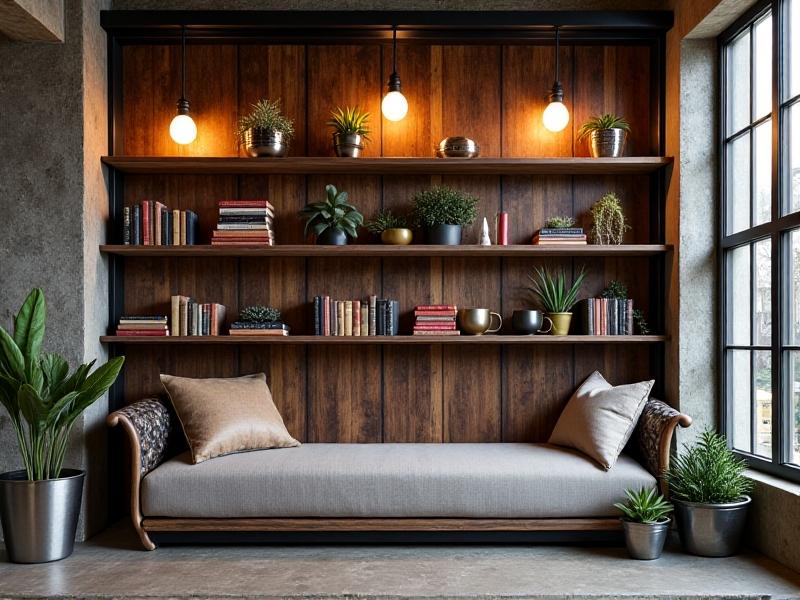
4. Designing with Modularity: Styles and Themes
Modular partitions aren’t just functional—they’re central to defining a space’s visual identity. A Japandi-inspired divider might use light oak slats and clean lines to harmonize with minimalist decor, while a bohemian setup could feature rattan screens draped with macramé. For industrial lofts, wire mesh or corrugated metal partitions reinforce the raw aesthetic. In tech-forward environments, smart partitions with embedded LEDs or touchscreen surfaces merge innovation with utility. This section explores how to align partition designs with overarching interior themes, providing examples of cohesive style integration.
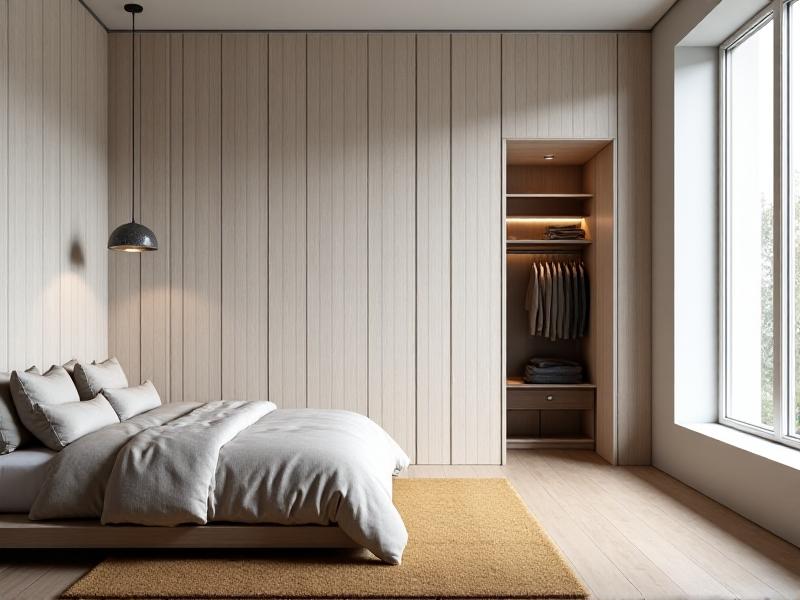
5. Creative Customization Ideas
The true magic of modular partitions lies in their adaptability. Homeowners can integrate planter boxes into partition frames for a touch of greenery or add magnetic surfaces to display artwork. Office managers might opt for writable whiteboard panels to encourage collaboration. In retail spaces, rotating modular displays can refresh product showcases weekly. Even small tweaks—like interchangeable fabric inserts or modular shelving units—can transform a partition from utilitarian to artistic. This section shares inventive ways to customize systems, emphasizing user-centric design.
6. Applications in Different Spaces
Modular partitions shine across residential, commercial, and hybrid environments. In apartments, they create distinct living zones without shrinking square footage visually. Restaurants use them to adjust seating layouts for events or privacy. Healthcare facilities benefit from hygienic, movable partitions that maintain patient confidentiality. Educational institutions employ sound-absorbing partitions to convert gyms into exam halls. This section provides targeted advice for optimizing partitions in homes, offices, retail, and public spaces, complete with real-world examples.
7. Sustainability and Modular Design
As sustainability becomes non-negotiable, modular partitions offer eco-friendly advantages. Many systems use recyclable materials or low-VOC finishes to improve indoor air quality. Their reusability reduces construction waste—a stark contrast to demolition-heavy renovations. Some manufacturers employ circular design principles, offering take-back programs to refurbish or recycle old components. Energy efficiency also plays a role: strategic placement of glass partitions can reduce reliance on artificial lighting. This section examines how modularity supports green building certifications like LEED and WELL.
8. Installation and Maintenance Tips
Installing modular partitions requires careful planning. Weight-bearing capacity, ceiling height, and electrical integrations (like built-in outlets) must be assessed. While some DIY-friendly kits exist, complex systems often need professional installation. Maintenance varies by material: glass may require weekly cleaning, while powder-coated metal needs occasional dusting. This section provides actionable guidelines for selecting, installing, and preserving partition systems to ensure longevity and safety.
9. Future Trends in Modular Partition Technology
The future of modular partitions is intelligent and adaptive. Expect to see more partitions with embedded IoT sensors that adjust opacity or lighting based on occupancy. Augmented reality (AR) apps may soon let users visualize configurations in real time before purchasing. Advances in 3D-printed materials will enable hyper-customized designs at lower costs. Additionally, partitions with air-purifying properties or integrated solar cells could redefine their role in sustainable architecture. This closing section looks ahead, exploring how technology will further blur the line between functional dividers and interactive design elements.
